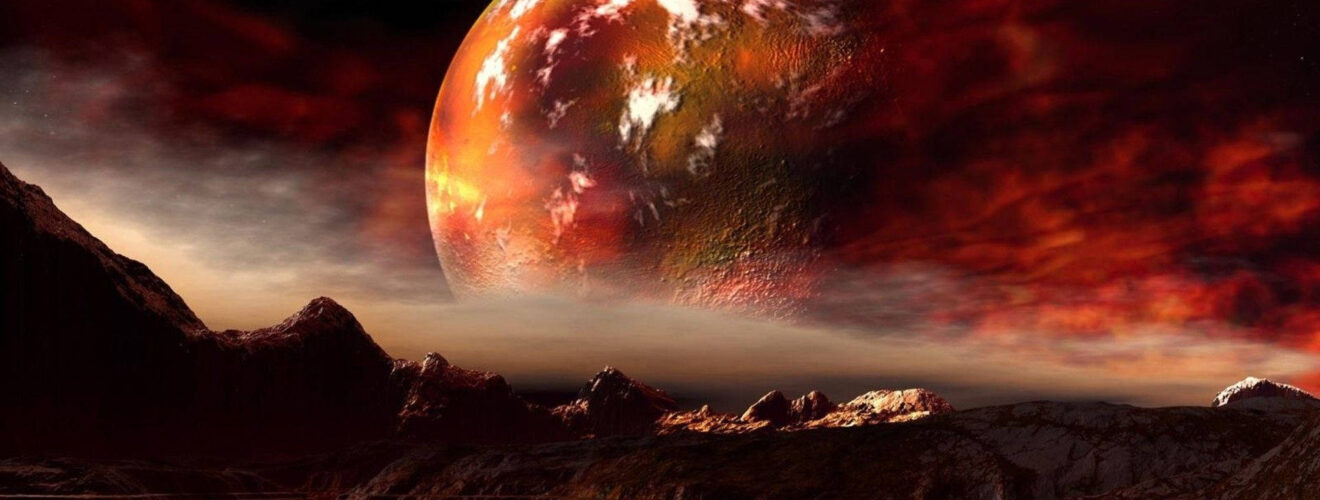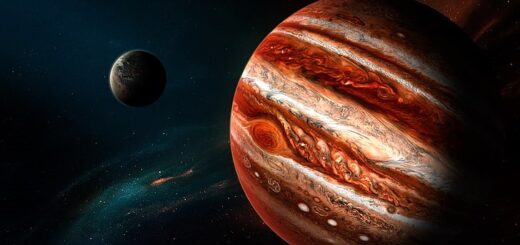Mars – The Red Planet

Mars, the fourth planet from the Sun, has long captivated human imagination and scientific curiosity. From ancient observations to cutting-edge space exploration, Mars holds the allure of a potential cosmic neighbor with a rich history and the promise of unveiling mysteries beyond our own terrestrial realm.
Discovered by
Mars, like all celestial bodies, was not founded by any individual. It is a natural planet that has been part of the solar system since its formation over 4.6 billion years ago. The term “founder” typically applies to the establishment of organizations, companies, or entities by individuals, and it doesn’t apply to celestial bodies like Mars. If you have a specific context or if there’s a different aspect you’re inquiring about mars
Ancient Observations and Mythology
Known since antiquity, Mars has been visible to the naked eye and observed by various cultures. In Roman mythology, the planet was associated with the god of war, reflecting its striking reddish appearance. Ancient astronomers, including the Babylonians and Greeks, tracked its movements across the night sky, laying the groundwork for future celestial investigations.
The Martian Environment
Mars is a terrestrial planet with a diverse landscape. Its surface is marked by vast plains, towering volcanoes, deep canyons, and polar ice caps. The planet’s distinctive red color is attributed to iron oxide, commonly known as rust, covering its surface.
Mars’ Moons
Mars has two small moons, Phobos and Deimos, discovered in 1877 by American astronomer Asaph Hall. These irregularly shaped moons are thought to be captured asteroids, and their origins provide valuable insights into the early history of the solar system.
Exploration Missions
The exploration of Mars has been a key focus of space agencies worldwide. NASA’s Mars rovers, including Spirit, Opportunity, and Curiosity, have provided detailed insights into the planet’s geology, climate, and the potential for past habitability. The recent Perseverance rover, equipped with advanced scientific instruments, aims to search for signs of ancient microbial life and pave the way for human exploration.
Mars’ Atmosphere and Climate
Mars has a thin atmosphere composed mostly of carbon dioxide, with traces of nitrogen and argon. The planet experiences extreme temperature variations, and its polar ice caps undergo seasonal changes. Dust storms, some of which can envelop the entire planet, add a dynamic element to its climate.
Potential for Life
The search for life on Mars has been a central theme in planetary science. While evidence suggests the possibility of liquid water in the planet’s past, the current surface conditions are harsh. Ongoing missions, such as the search for biosignatures and the study of Martian subsurface, continue to fuel the quest for understanding the potential habitability of Mars.
Human Exploration and Future Missions
The vision of sending humans to Mars has been a longstanding goal. Organizations like NASA and private entities are actively working on plans for crewed missions to the Red Planet. The challenges of long-duration space travel and establishing sustainable habitats on Mars are key areas of research for future exploration.
Mars in Popular Culture
Beyond scientific endeavors, Mars has permeated popular culture, inspiring countless works of literature, movies, and art. The concept of Martians and the allure of the “Martian frontier” continue to captivate the human imagination, fostering a sense of wonder about our neighboring planet.
The Red Planet’s Mystique
In conclusion, Mars stands as a celestial enigma, a planet that has beckoned explorers and scientists alike for centuries. From ancient myths to modern-day space missions, Mars remains a symbol of human curiosity and the quest for knowledge about the vast cosmos. As we unravel the mysteries of the Red Planet, each discovery brings us closer to understanding the potential for life beyond Earth and the broader story of our solar system’s evolution.








